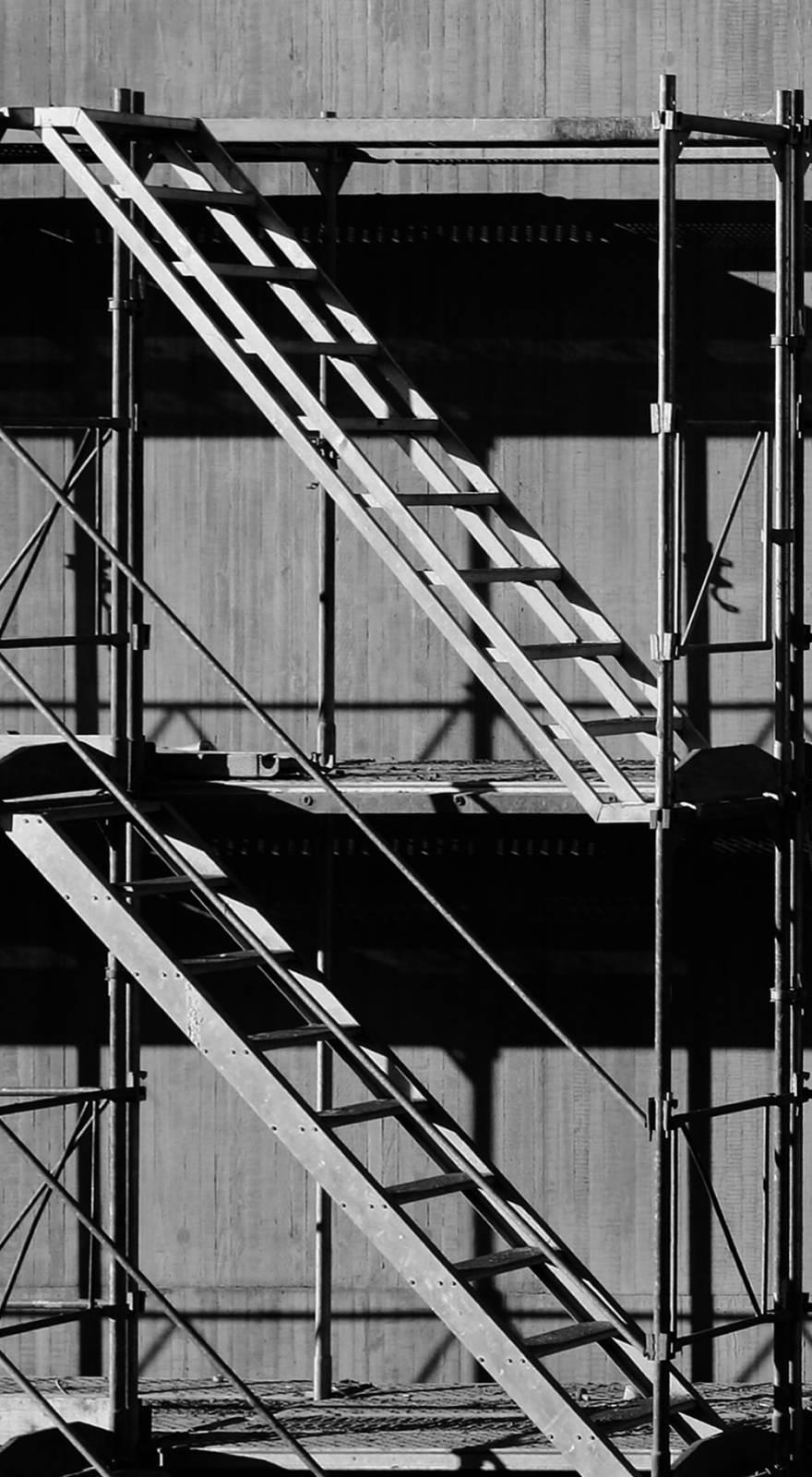Knowde Enhanced TDS
Identification & Functionality
- Chemical Family
- CASE Ingredients Functions
- Technologies
- Product Families
Features & Benefits
- Labeling Claims
- CASE Ingredients Features
Applications & Uses
- Applications
- Compatible Polymers & Resins
- Adhesive & Sealant Type
- Coating Type
- Applications
- Fiberglass Composites
- Carbon Fiber Composites
- Natural Fiber Composites
- Clear Coatings
- Fiberglass Boat Repair
- Adhesives and Sealants
- Surfboards, Stand Up Paddle Boards, and Handplanes
- Application Method
APPLICATION TIPS:
- For best results, measure the two components by weight within 5% of the recommended mix ratio.
- Always mix product for at least two minutes, scraping the container to ensure complete mixing.
- Use products in a controlled environment. Avoid high humidity and cold temperatures.
- Amine blush, a by-product of the curing process, appears as a wax-like film cured epoxy and is more noticeable in cool, moist conditions. It can clog sandpaper and inhibit subsequent bonding. Blush is water-soluble and easily removed with clean water (not solvent) and an abrasive pad.
- For good adhesion, epoxy bonding surfaces should be clean, dry, and sanded.
- If unfamiliar with the product, create smaller test samples before starting a larger-scale project.
Properties
- Physical Form
- Typical Properties
| Value | Units | Test Method / Conditions | |
| Tensile Modulus | 444000 | Psi | ASTM D638 |
| Tensile Strength | 9500 | Psi | ASTM D638 |
| Elongation | 5 | % | ASTM D638 |
| Flexural Modulus | 440000 | Psi | ASTM D790 |
| Flexural Strength | 13500 | Psi | ASTM D790 |
| Compression Strength | 11330 | Psi | ASTM D695 |
| Tg Ultimate | 151 | °F | DSC, midpoint |
| Hardness | 70 - 80 | — | Shore D |
| Mix Ratio (by volume) | 2:1 | — | — |
| Mix Ratio (by weight) | 100:43:00 | — | — |
| Viscosity A at 77°F | 2300 | — | — |
| Viscosity B at 77°F | 280 | — | — |
| Viscosity Mixed at 77°F | 1040 | — | — |
| Component Density (Specific Density at 77°F, Resin) | 1.14 | — | — |
| Component Density (Specific Density at 77°F, Hardener) | 0.98 | — | — |
| Mixed Density (Specific Density at 77°F/25°C) | 1.09 | — | — |
| Pot Life (Specific Density at 77°F/25°C) | 21 | mins | — |
| Tack Free Time (at 95°F/35°C) | 4 | hrs | — |
| Recommended Full Cure at 77°F, Post Cure Recommended | 7 | days | — |
| VOC Content | 0.26 | lbs/gal | ASTM D2369 |
| Mixed Biobased Carbon Content | 20 | % | ASTM D6866 |
Regulatory & Compliance
- Certifications & Compliance

